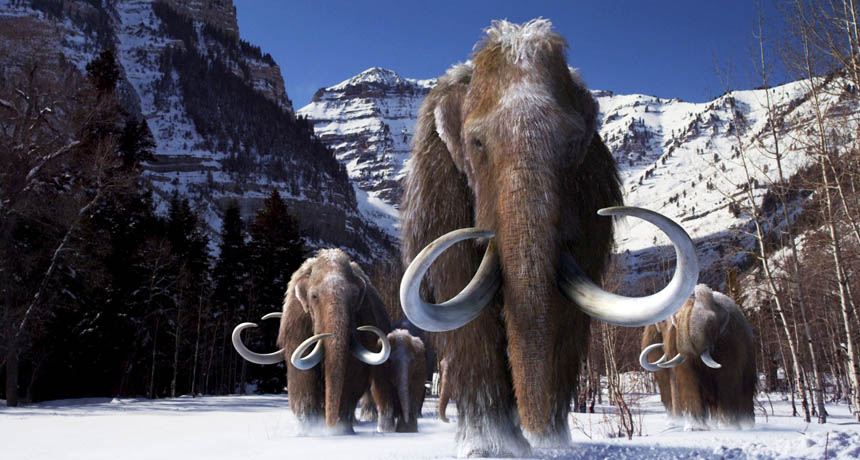Genetic tweak hints at why mammoths loved the cold

Woolly mammoths were fat, hairy and could tolerate extreme cold. Now researchers have tracked down some molecular changes that contributed to those adaptations.
Courtesy of Giant Screen Films © 2012 D3D Ice Age, LLC






